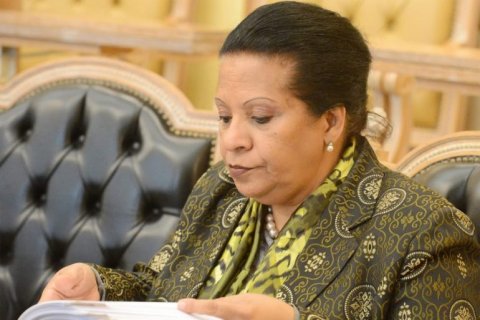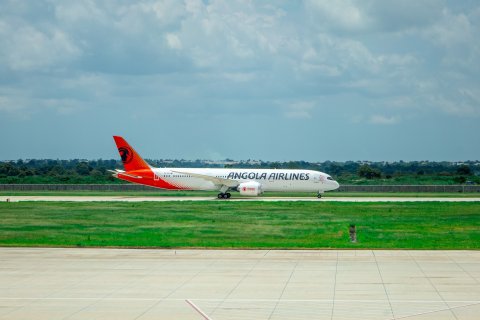The information was provided this Monday during the presentation of the report on the evolution of the foreign exchange market, by the BNA, where emphasis was given to the factors that contributed to stability, including the measures adopted by the central bank since 2017 and the evolution of oil prices.
In 2020, the kwanza maintained a depreciation path against the dollar until November, when it stabilized, maintaining this stability to date.
In December 2020, the kwanza closed at 656.224 against the dollar and 805.117 against the euro, which corresponds to an annual depreciation of 26.52 percent and 32.83 percent, respectively, with the real effective exchange rate approaching 2.3 percent by the end of 2020.
"We are moving towards, or are already at, the equilibrium rate," said the director of the Asset Market Department, Tânia Mendes, estimating that the trend will continue towards an appreciation of the currency rate.
This Monday the kwanza was trading at an average rate of 624.595 against the dollar and 751.919 against the euro.
Joel Futi, director of the Statistics Office confirmed the prospect of stabilization of the national currency so far, considering that there is no great cause for alarm or fears of major depreciation.
"The market is volatile, but so far the factors that influence the exchange rate are favorable," said the expert, pointing out among these the evolution of oil prices, with an upward trend (64 dollars/barrel on Friday).
"If there are no surprises, we will maintain this stability," he added.
In addition, the beginning of the massive vaccination against covid-19 in many countries, should lead to the lifting of restrictions imposed due to the pandemic, reflecting in increased demand for oil, stabilization of prices and increase in export revenues.
The document presented by the BNA also highlighted that the implementation of FXGO foreign exchange trading platform allowed the central bank to significantly reduce its participation in the foreign exchange market and contributed to the determination of a very representative exchange rate of the market.
Gross International Reserves closed 2020 with an import coverage of 12.2 months versus 9.3 months at the end of 2019.
Net International Reserves closed the year above the minimum established under the International Monetary Fund program of USD 8.09 billion.
The measures implemented by the BNA (liberalization of the exchange rate, elimination of administrative contracts and limitation of intervention in the foreign exchange market only to correct volatility or abnormal movements in rates) contributed to the stability of the foreign exchange market, despite the sharp drop in the price of oil and consequently in exports, in the order of 40 percent.
Due to the reduction in imports, there was still a positive balance in the current account of 1.7 billion dollars, which represents 2.9 percent of the Gross Domestic Product (GDP).
The reduction in imports results, according to the BNA report, from the government's efforts to increase local production, as well as from the occurrence of the covid-19 pandemic which caused a slowdown in economic activity and in demand for goods and services, particularly fuel, whose value was reduced by over a billion dollars.







